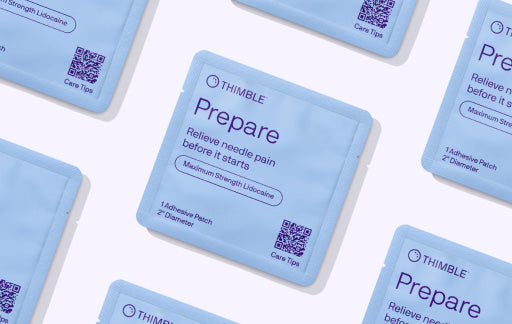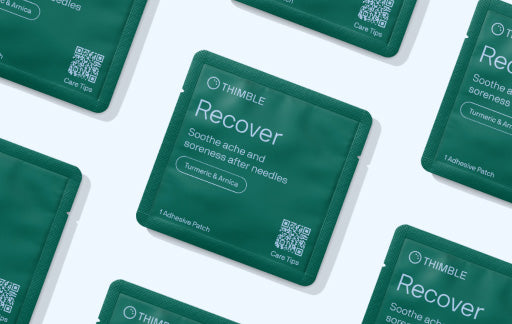Prepping Kids for Needle Pokes
Our prep list has proven tips and tricks for positive childhood experiences that lead to more confidence as kids grow up.
Tip 1
Neutral words
Common words like “shot” and “sting” can be scary for little ones. Using a calm voice and neutral language can decrease anxiety for everyone. It might take some practice, but the results are worth it.

Instead of saying “You’re getting a shot today,” try naming the procedure.
For example:
“You’re getting a vaccine today.”
Instead of saying “You just have to do it,” try to focus on positive outcomes.
For example:
“You are getting a vaccine to keep you, your friends, and your family healthy and safe.”
Tip 2
Be honest
Saying things like “it won’t hurt” or “don’t worry” can cause distress in kids (and adults too). Repeated reassurance increases anxiety. Simply remind kids that the process will be quick, the pain won’t last, and you’ll stay close the whole time.

Instead of saying “Don’t worry,” try acknowledging their fear.
For example:
“A lot of kids feel nervous around needles. When you feel nervous, what helps you feel brave?”
Instead of saying “It won’t hurt,” try setting realistic expectations.
For example:
“Some people say it feels like a pinch, and others say they don’t feel much at all.”
Tip 3
Make a plan
Before you head to your appointment, talk to kids about what they want to see, hear, and do. Some kids want to know what’s happening and when it’s going to happen. Others don’t. Some kids want to look at the needle. Others don’t.

Try your best to stick with their plan, but be flexible.
Allow them to share what they need in the moment.
Tip 4
Body posture
Let kids choose the most comfortable position for them. It could be seated, on a lap, lying down, or something else. Kids are never too old for hugs or holding hands. Practice at home before you get to the appointment.

Choose locations (doctor’s office, drive-through clinic, etc.) that allow kids to get into their preferred position.
Don’t leave children alone during appointments. Staying close will help them stay calm.
Don’t restrain kids during needle procedures—it could trigger a fight or flight response.
Tip 5
Sweets come first
Rewarding kids after a needle poke is important—and that sometimes means a sweet treat. But did you know it can actually be even more helpful to have a sweet just before? Enjoying a candy before and during procedures can reduce the feeling of pain.

Wrap-up
You’re already doing some great work just by getting ready. Leading by example can help kids to feel secure and safe. It can be challenging, but staying calm is one of your best strategies for a positive experience.
Sources
- Taddio A, McMurtry CM, Shah V, Riddell RP, Chambers CT, Noel M, MacDonald NE, Rogers J, Bucci LM, Mousmanis P, Lang E, Halperin SA, Bowles S, Halpert C, Ipp M, Asmundson GJG, Rieder MJ, Robson K, Uleryk E, Antony MM, Dubey V, Hanrahan A, Lockett D, Scott J, Bleeker EV; HELPinKids&Adults. Reducing pain during vaccine injections: clinical practice guideline. CMAJ. 2015 Sep 22;187(13):975-982. doi: 10.1503/cmaj.150391. Epub 2015 Aug 24. PMID: 26303247; PMCID: PMC4577344

